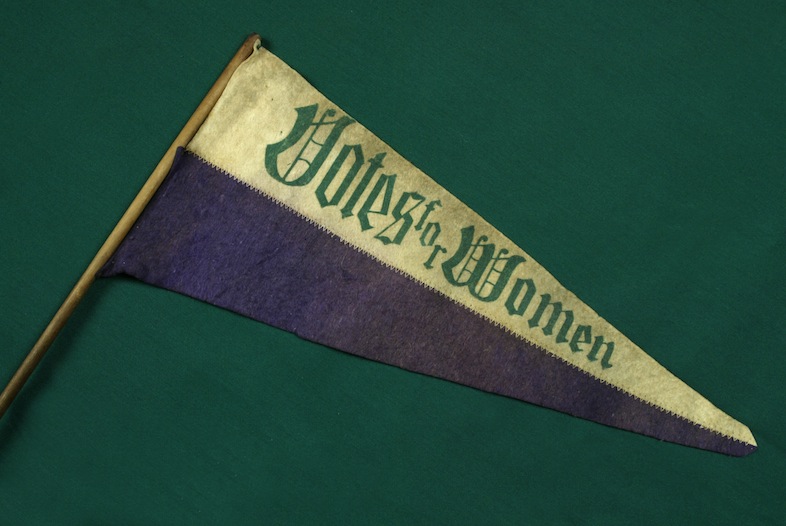Puerto Rico has been a territory of the United States for more than a century. Federal laws apply to Puerto Rico, so you might think that women would be in the same position in Puerto Rico as in the states.
Not so. Without the protection of the U.S. Constitution and a full voice in American democracy, women in Puerto Rico do not have rights equal to women living in the states. We can see this throughout the history of the territory.
One particularly shocking example is women’s right to vote. American women did not have the right to vote until 1920. The 19th Amendment to the Constitution was passed in 1919 and ratified by the states to become law in 1920.
Here’s what the 19th Amendment says:
“The right of citizens of the United States to vote shall not be denied or abridged by the United States or by any state on account of sex.”
Woman suffrage
American women began agitating for the vote in the 1840s. In the 1870s, the amendment to allow women to vote was introduced. It took decades of struggle to accomplish the passage of the amendment.
Once the amendment passed, it had to be ratified. Changes to the Constitution can’t be made just by Congress. A majority of the states have to ratify such changes. That means that the states have to vote on the changes. In 1919, ratification of the 19th Amendment required 36 states to say yes.
Some people believe that Puerto Rico could not become a state without ratification by the American people, but this is not true. Congress can admit a state at any time with a simple majority. However, an amendment to the Constitution must be ratified.
Puerto Rico, since it was not a state, did not have the opportunity to ratify the 19th Amendment.
Women’s votes in Puerto Rico
Women in Puerto Rico are not fully protected by the U.S. Constitution. Women like Luisa Capetillo and Genara Pagán tried to vote in Puerto Rico after the 19th Amendment passed, but were turned away by officials there. The governor asked the Federal Bureau of Insular Affairs whether the 19th Amendment applied to Puerto Rico. Sine the Amendment clearly said that women’s right to vote could not be refused “by the United States or by any state,” the bureau determined that it did not apply to Puerto Rico.
Congress gets to make all decisions about U.S. territories like Puerto Rico, but they did not overrule the governor. The Puerto Rico Supreme Court ruled in 1924 that the 19th Amendment still did not apply in Puerto Rico. In 1928, however, Congress voted to amend the Jones Act to provide votes for women. The Senate began to work on a companion bill, and Puerto Rico’s territorial government took action.
Unfortunately, the action they took was to give the vote only to literate women. At that time, the majority of women in Puerto Rico could not read. Allowing only literate women to vote did not grant women the vote in any real sense. It did, however, prevent Congress from taking further action.
It was not until 1935 that all women in Puerto Rico got the vote.
Would statehood have changed things?
Absolutely. As a state, Puerto Rico would have had woman suffrage — the vote for women — in 1920 along with all the other states.
Women in Puerto Rico can now vote in local elections. They can vote in presidential primaries. But they still cannot vote in presidential elections. Neither can men living in Puerto Rico. The right to vote is one of the most cherished rights of American citizens. Residents of Puerto Rico are citizens of the United States, but they do not have the right to vote for their president. They cannot vote for senators, either, nor for the full number of voting members of the House that they would have if Puerto Rico were a state.








No responses yet